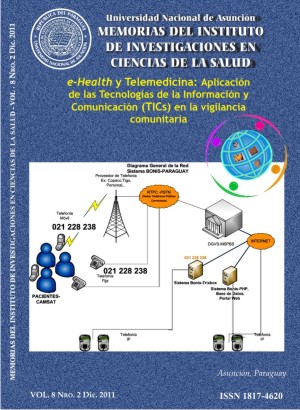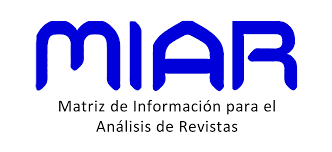Community epidemiological surveillance system “Bonis”. Current status and future projections
Keywords:
Information and Communication Technologies (ICTs), Community Epidemiological Surveillance, telephony, web technologies, data base, febrile syndromes, BonisAbstract
The current system of epidemiologic surveillance in the area of Mutual Aid Centre and Health for All (CAMSAT in Spanish) in the “Bañado Sur” in Asuncion is based on routine screening of possible febrile cases through home visits made by community agents from the Primary Health Care Unit (USF in Spanish). Each of the ten community agents are assigned to 150 households and the results of these home visits are recorded on sheets that are reported through traditional means (paper, internal mail, fax, etc.) to the DGVS of the Ministry of Health. The consequence of this working system is that often the blocking actions arrive late with the social and economic costs that this implies. The Bonis system uses the mobile phone as a catalyst to transform the routine screening of
potential feverish cases in a proactive action and the web technology and databases for patient records and appropriate follow-up by health personnel. The use of these information and communication technologies of (ICTs) transforms the Epidemiological
Surveillance System in a study case of e-Health in Paraguay. This document describes the current status and future projections of the community epidemiological surveillance system Bonis which uses Information and Communication Technologies (ICTs) to prevent, warn, monitor and control the spread of febrile syndromes in a catchment area of Barrio Obrero Hospital (HBO), Unit of Primary Health Care Center Mutual Aid and Health for All, Asuncion, Paraguay.















